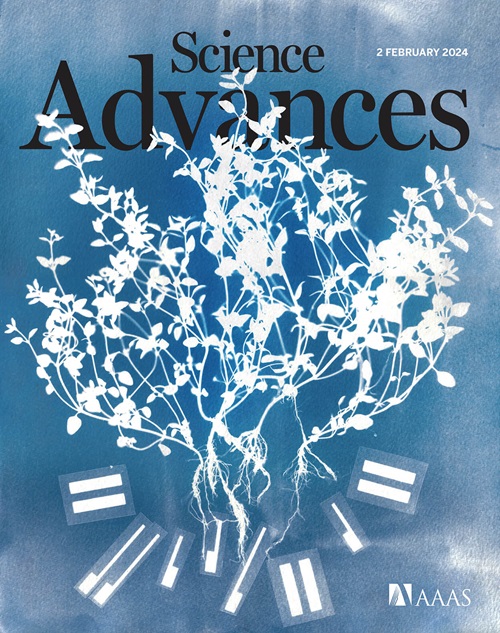Heavy potassium isotopes in carbonatites reveal oceanic crust subduction as the driver of deep carbon cycling
IF 11.7
1区 综合性期刊
Q1 MULTIDISCIPLINARY SCIENCES
引用次数: 0
Abstract
Carbon cycling between surface and mantle reservoirs is pivotal in fostering habitability of Earth. A critical yet poorly constrained parameter is whether crustal carbon can “survive” devolatilization processes that accompany slab subduction and therefore influence deep carbon budgets. Carbonatites provide a key record to address this important topic. Here, we present high-precision potassium isotope data for a large set of carbonatite samples from both continental and oceanic settings, spanning from 2 billion years ago to the present. Modeling suggests that the heavy potassium isotopic compositions of carbonatites are inherited from their mantle sources, rather than resulting from magmatic and postmagmatic processes. Our results demonstrate a strong link between the subduction of oceanic crust and the recycling of carbonates into the mantle sources of carbonatites. These findings support the hypothesis that subduction of carbonate-bearing altered oceanic crust has been a critical mechanism for transferring carbon into the deep Earth through time.
碳酸盐岩中的重钾同位素揭示了洋壳俯冲是深部碳循环的驱动因素
地表和地幔储层之间的碳循环是促进地球宜居性的关键。一个关键但缺乏约束的参数是,地壳碳能否在伴随板块俯冲的脱挥发过程中“存活”下来,从而影响深层碳收支。碳酸盐岩提供了解决这一重要问题的关键记录。在这里,我们提供了来自大陆和海洋环境的大量碳酸盐岩样本的高精度钾同位素数据,时间跨度从20亿年前到现在。模拟表明,碳酸盐岩的重钾同位素组成是由地幔源继承而来,而不是岩浆和岩浆后作用的结果。我们的研究结果表明,海洋地壳的俯冲作用与碳酸盐再循环到地幔碳酸盐源之间存在着密切的联系。这些发现支持了一个假设,即含碳酸盐的蚀变海洋地壳的俯冲作用是碳随时间转移到地球深处的关键机制。
本文章由计算机程序翻译,如有差异,请以英文原文为准。
求助全文
约1分钟内获得全文
求助全文
来源期刊

Science Advances
综合性期刊-综合性期刊
CiteScore
21.40
自引率
1.50%
发文量
1937
审稿时长
29 weeks
期刊介绍:
Science Advances, an open-access journal by AAAS, publishes impactful research in diverse scientific areas. It aims for fair, fast, and expert peer review, providing freely accessible research to readers. Led by distinguished scientists, the journal supports AAAS's mission by extending Science magazine's capacity to identify and promote significant advances. Evolving digital publishing technologies play a crucial role in advancing AAAS's global mission for science communication and benefitting humankind.
 求助内容:
求助内容: 应助结果提醒方式:
应助结果提醒方式:


